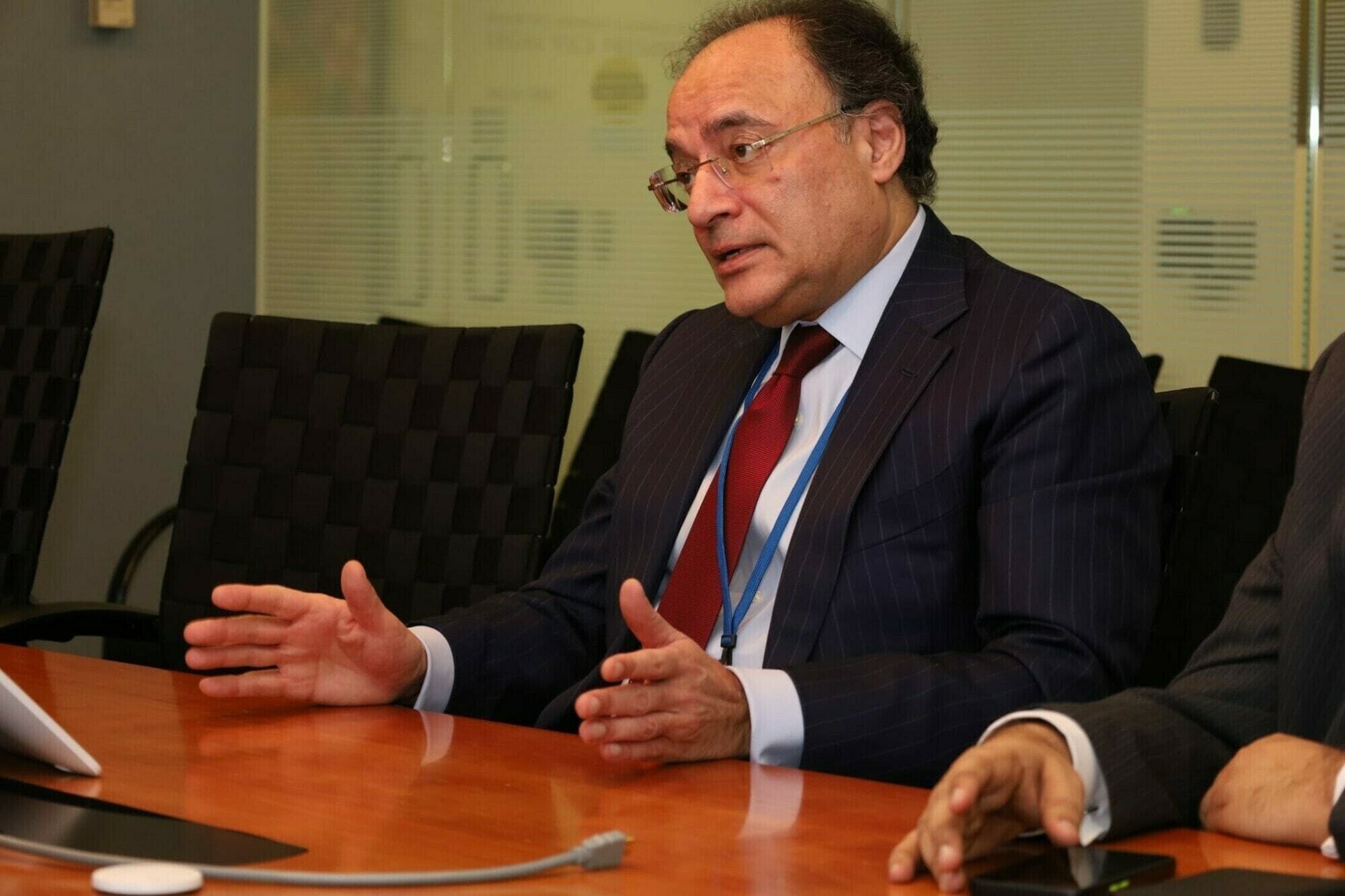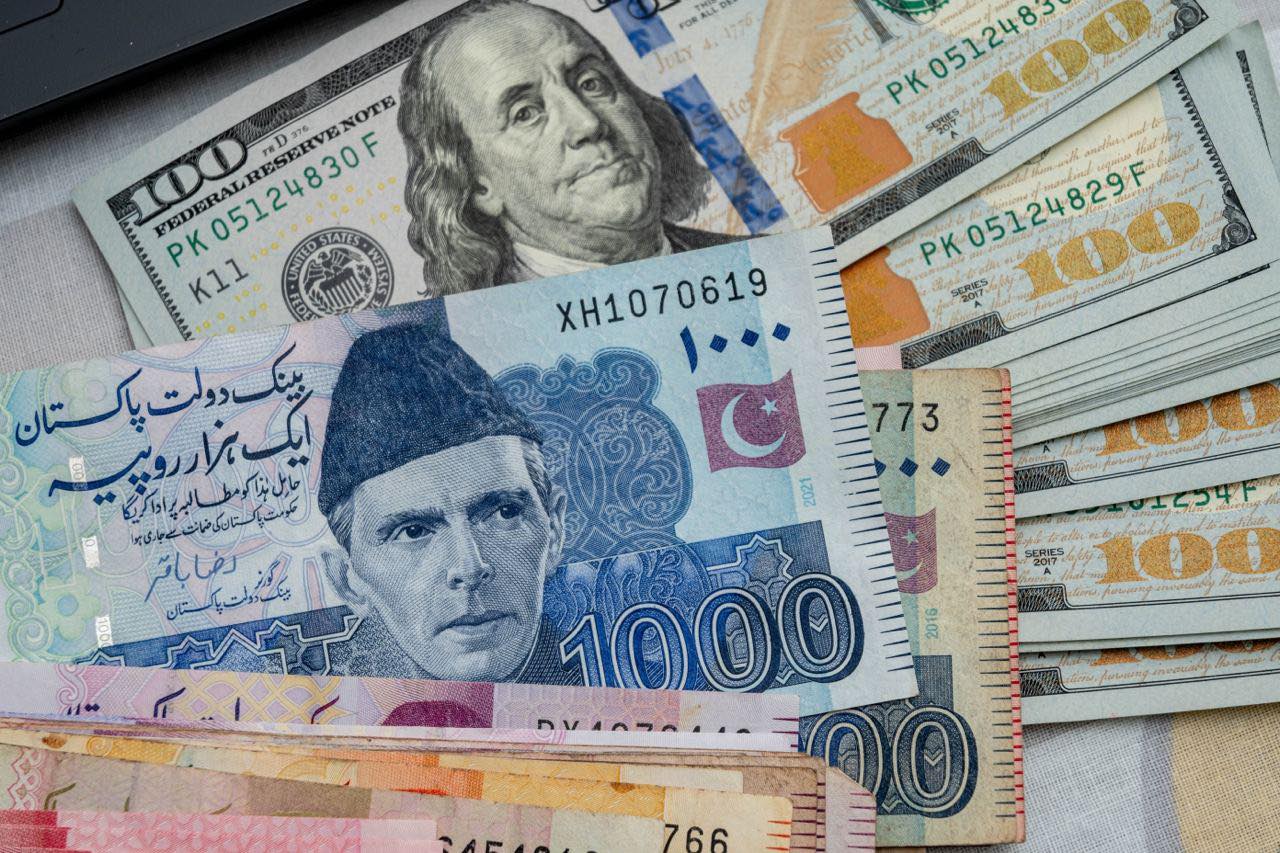PTBP Web Desk
Government efficiency and reducing public expenditure, the Government of Pakistan has initiated the fourth wave of its ambitious rightsizing initiative. This latest phase includes a thorough examination of five ministries: the Ministry of Communications, Ministry of Railways, Ministry of Poverty Alleviation and Social Safety, Revenue Division, and Petroleum Division, along with their attached departments.
On a recent Friday, a pivotal meeting was chaired by Federal Minister for Finance and Revenue, Senator Muhammad Aurangzeb, who leads the Committee on Rightsizing the Federal Government (Wave-IV). The session was graced by the presence of Federal Minister for Communications Abdul Aleem Khan, members of the National Assembly, and federal secretaries from the ministries involved.
Senator Aurangzeb expressed appreciation for the ‘whole-of-the-government’ approach adopted by the ministries, noting the successful completion of the first three waves, which involved scrutinizing 43 ministries and nearly 400 departments for rightsizing before the fiscal year’s end.
The minister underscored that decisions previously made and ratified by the federal cabinet would now be overseen by a sub-committee of the Rightsizing Committee for implementation. The main committee would only engage if issues requiring higher intervention arise.
Ministry of Communications: During the meeting, this ministry presented an in-depth overview of its functions, organizational structure, and potential for semi-privatization or Public-Private Partnership (PPP) models. The ministry has already taken proactive steps by abolishing all dying posts in adherence to the rightsizing spirit.
Rightsizing Proposals: Federal Minister Abdul Aleem Khan shared insights on how departments like the National Highways Authority (NHA) could transition into profit-making entities, particularly by focusing on constructing revenue-generating motorways such as the M-6 from Sukkur to Karachi port.
Senator Aurangzeb highlighted that rightsizing is not just about cutting down but transforming government operations. This initiative aims to:
Eliminate Redundancies: By abolishing or declaring redundant over 150,000 vacant posts, which constitutes 60% of the vacancies, the government seeks to streamline its structure.
Outsourcing Non-core Services: Services like cleaning, plumbing, and gardening will be outsourced to reduce the government’s operational load.
Reduce Expenditure: The annual spending of Rs876 billion on the ministries and departments under review is a significant factor driving this initiative.
Wave-1: This phase saw the merger of the Ministries of Kashmir Affairs and Gilgit-Baltistan with SAFRON, the abolition of the Capital Administration and Development Division (CADD), and a significant reduction in the number of entities from 80 to 40 across six ministries.
Wave-II: Five ministries were processed, leading to the winding up, reduction, or merging of several entities.
Wave-III: Five more ministries were notified for rightsizing, with a deadline set for completion by June 30, 2025.
The rightsizing initiative is part of a broader strategy to meet structural benchmarks set by the International Monetary Fund (IMF), aiming to enhance fiscal sustainability and governance efficiency. The government’s commitment to this reform underscores a move towards a leaner, more dynamic public sector capable of delivering better services with fewer resources.




